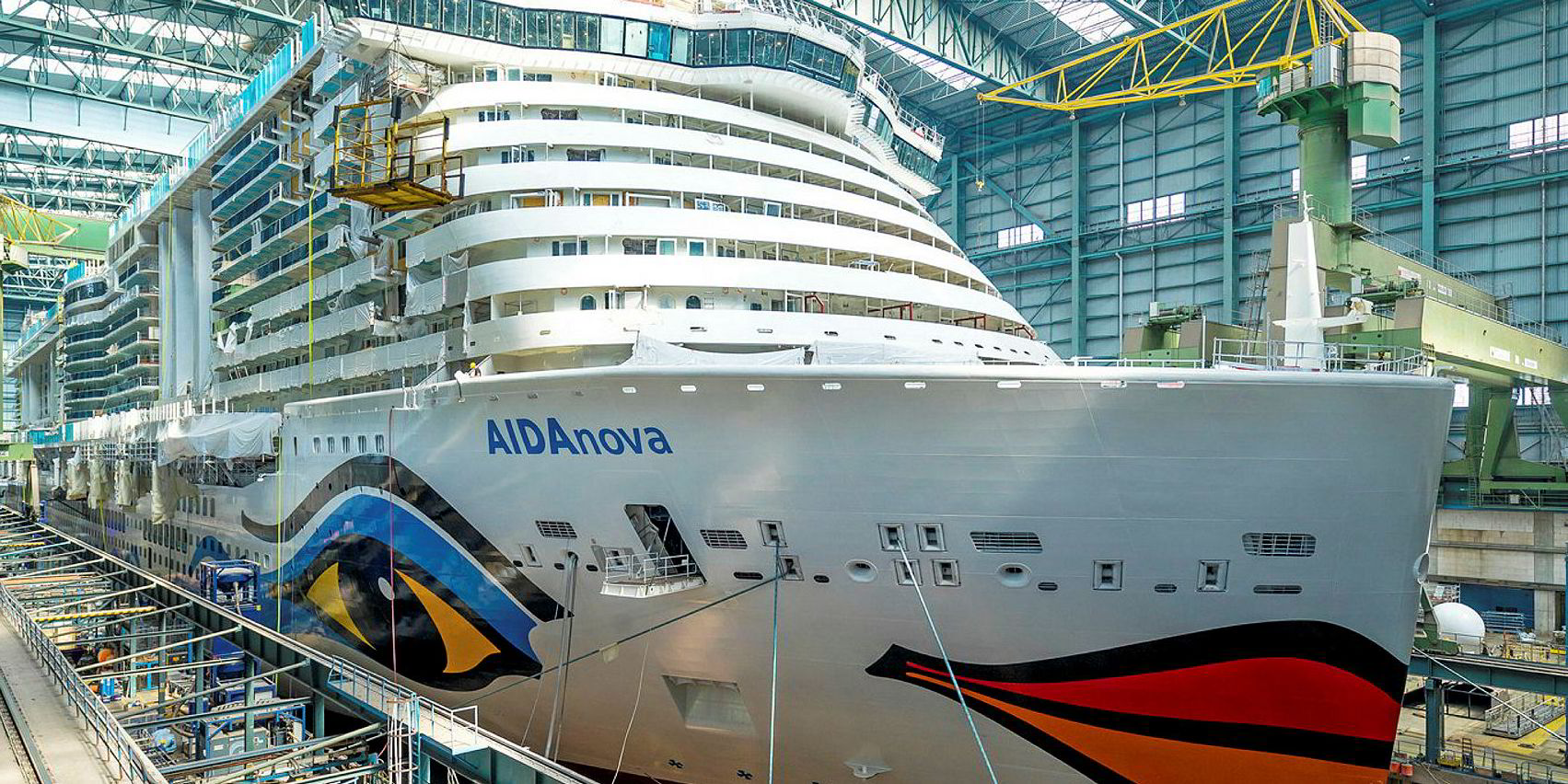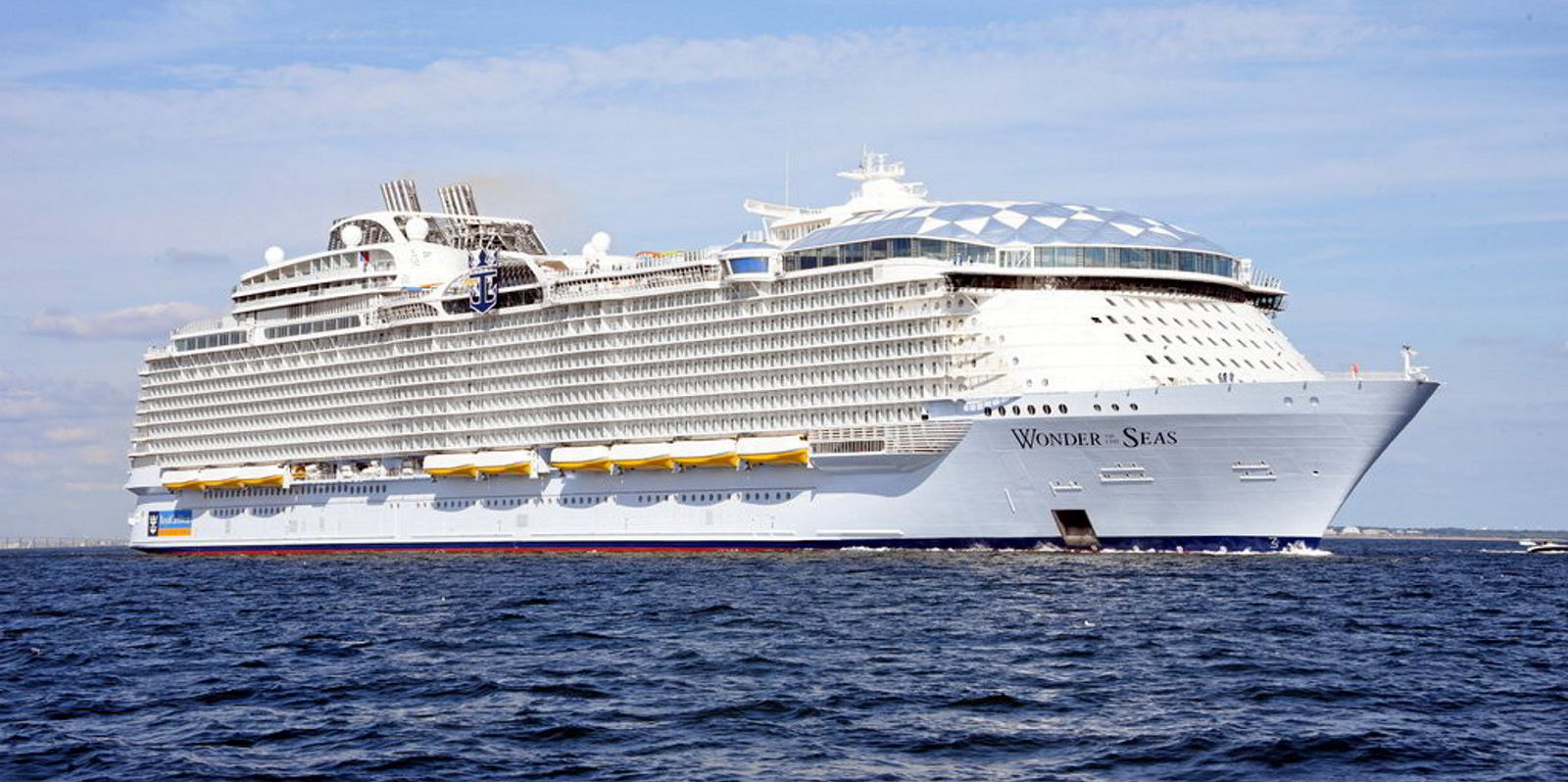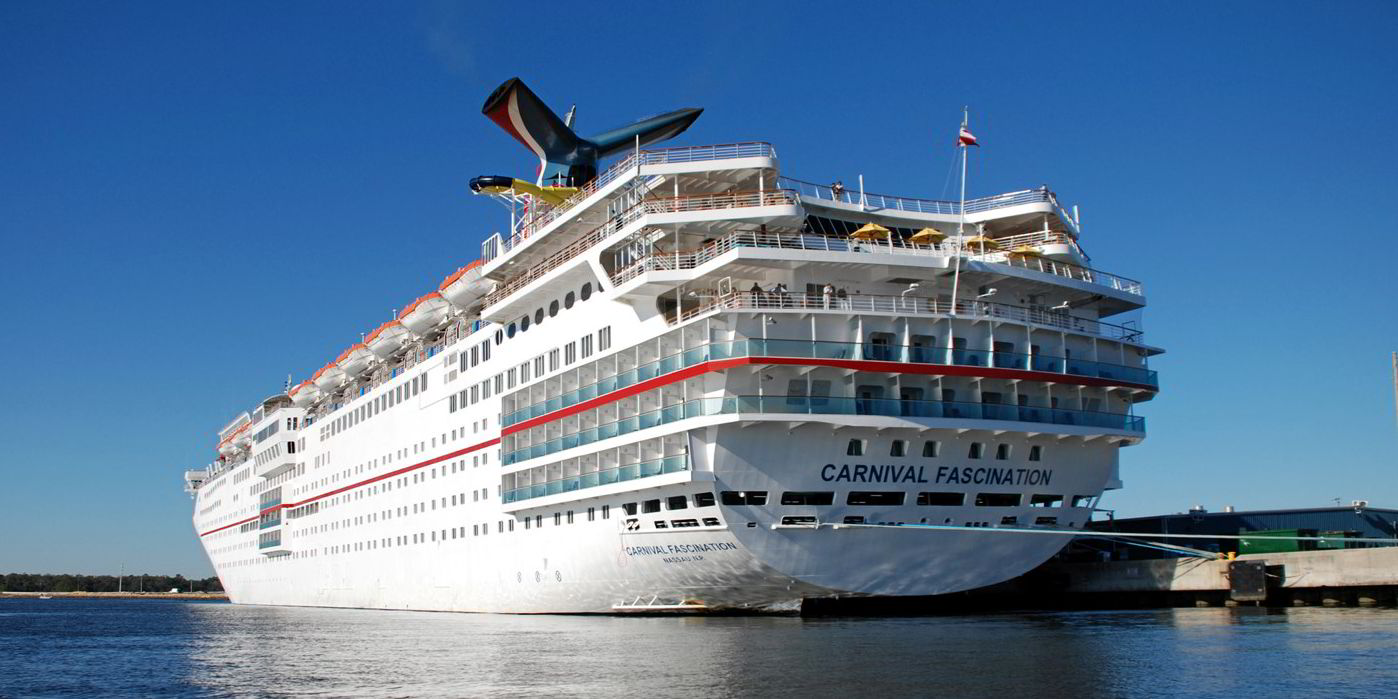Shanghai Waigaoqiao Shipbuilding (SWS) has completed the hull of China's first large luxury cruiseship — giving the country's yards a foothold in a multibillion-dollar market dominated by European players.
State-owned SWS is cooperating with Italy's Fincantieri to build the 135,500-gt Vista-class vessel, which will now move into the second half of production, marking a technological breakthrough for Chinese shipbuilders.
SWS president Chen Gang said the vessel is on schedule for delivery in the third quarter of 2023.
"Cruiseships are regarded as one of the most challenging vessels to build, due to high requirements and standards in design, craftsmanship, operation and management. It is the only high value-added vessel type that China has yet to accomplish," he said.
"As a key shipbuilding yard of China State Shipbuilding Corp [CSSC] with rich experience in the design and construction of bulkers and offshore vessels ... we believe cruise shipbuilding will help to improve our company's management capacity and the competitiveness of our products."
The newbuilding is the first of two vessels ordered by CSSC Carnival Cruise Shipping, a joint venture between CSSC and Carnival Corp established in 2016.
The conventionally-fuelled vessels were ordered in 2018 and reported to be valued at $1.54bn in total. However, the project's value could balloon to $4.62bn if options are exercised for four more ships.
Measuring 323.6 metres long, the cruiseship will have 2,215 rooms and be able to carry 5,246 passengers.
"The first cruiseship is in the phase of equipment installation and interior refurbishments," Chen said. "The second ship is at the design stage."
To accommodate construction, SWS lengthened one of its two dry docks from 540 metres to 740 metres and widened it to 76 metres, making it the longest shipbuilding dock in Asia.
Integrating three industries

It also expanded the building area near the dry dock — used for general assembly and outfitting purposes — by the equivalent of seven football fields. The upgrading of the dry dock and the surrounding area was a project in itself, taking about 20 months to complete.
SWS has established an intelligent network platform, SWS-Time, to help optimise and manage the project efficiently.
It has also set up a dedicated thin steel manufacturing workshop to produce the 4mm to 8mm steel plates of up to 10,000 dwt that are used for building cruiseships.
"Besides teaming up with Fincantieri, we also got other cruise industry experts to join us," Chen said. "We are continuing to seek more cruiseship shipbuilding talents here."
Having been a commercial shipbuilding yard for 20 years, SWS found that constructing a cruiseship is not an easy feat. The challenges included integrating "three industries" — ship construction, interior decoration and building entertainment systems/platforms.
"These are highly personalised and customised," Chen said. "Besides those, there are many other challenges that we must overcome to build this giant project."
Many of the items for the vessel — engines, propulsion system, cabin interiors — were procured outside of China.
"We have encouraged these overseas suppliers to set up their offices in Asia so that they can provide their services more conveniently and competitively in the long run," Chen said.
Construction of this inaugural vessel will involve 3,500 workers, 25m ship parts, a construction period of more than 10m hours and in excess of 800 suppliers.
"Cruiseship construction requires the joint participation of shipyard workers, equipment and material suppliers, interior decoration workers and other builders from other industries, which is expected to stimulate tens of thousands of employment opportunities," Chen added.
"Cruise shipbuilding also promotes ship-repair activities, and supports growth of other industries such as domestic ports, retail companies and other related chains."
Japan's Mitsubishi Heavy Industries attempted to diversify into the cruise shipbuilding market seven years ago, with a double order from AIDA Cruises. But the yard ran up more than $2bn in extraordinary losses due to cost overruns and delays.
South Korea's Samsung Heavy Industries made several attempts to enter the sector, but never succeeded. In 2011, the yard signed its first-ever cruiseship order with Utopia Residences of the US, worth $1bn. But with the collapse of the financial markets, the cruise line could not obtain financing for the vessel and the deal was called off.








